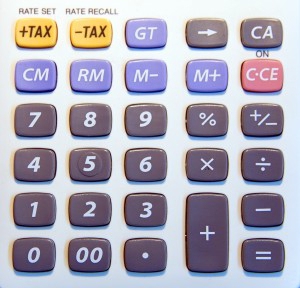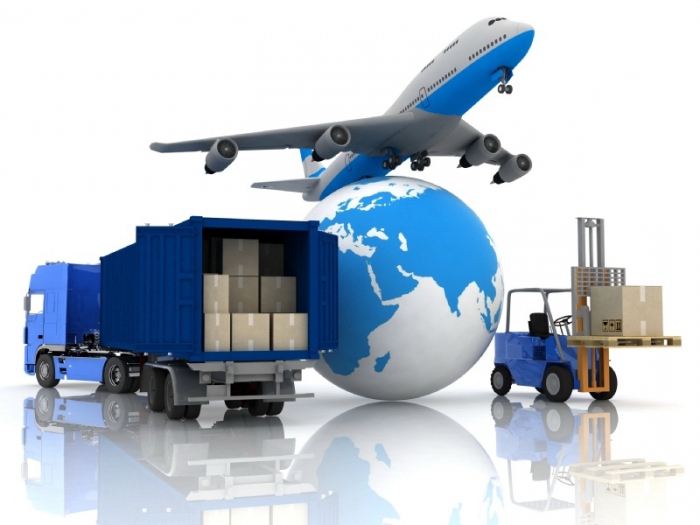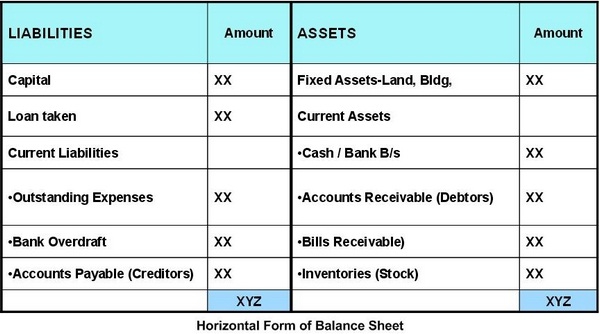
Many people in their lives have been confused with basic accounting terms. This article will explain what a balance is and discuss the main points associated with it.
The term is of Italian origin and denotes the balance of a particular account. Balance represents the difference between the income and expenditure parts of the balance for a certain period of time.
Depending on which side is larger, there may be a positive or negative balance. However, the corresponding economic category is reflected not only in accounting, but also in the analysis of the country's balance of payments and trade, as well as when working on trading and currency exchanges.
Role in accounting
What is a balance in accounting? This is either the difference between the balances on the debit and credit of the company, or an indicator that characterizes the movement of funds in the accounts of the company (receipt and write-off) on a certain date.
There are debit and credit balances. The first occurs if the debit exceeds the loan and is reflected in the active part of the balance sheet. Credit reflects the opposite situation and is reflected in the liabilities of the enterprise. An account without any balance is considered closed and has a zero balance. Some accounting accounts can have two types of balances - debit and credit.
Most often, a separate period of the functioning of the enterprise is analyzed, and not its entire accounting history. This period can be a month, a quarter, or a year. This approach involves the use of such parameters as:
- incoming balance - account balance at the beginning of the study reporting period;
- balance for the period - the sum of all operations of a certain period of time;
- turnover (credit and debit) - changes in account balances for the study period;
- final balance - account balance at the end of the reporting period.
This indicator is calculated as follows.
- For an active balance, this is the sum of the incoming balance and the difference between the debit and credit turnover.
- For passive - the difference in credit and debit turnover is added to the amount of the credit balance.

Place in the balance of payments system
Now let's figure out what is the balance in the system of foreign trade relations. This is the difference between the values of exports and imports of a certain time period. There are balance of payments and trade balances.
Study basis trade balance countries is the definition of the difference between exports and imports, the value of which is determined in the trade balance of the country, which can be both positive and negative. We consider this concept in more detail in the following sections of the article.
What is a balance of payments? This is an economic indicator, which is the difference between financial payments from abroad and deductions from our country. A positive balance is characteristic when the excess of revenues over outflows, a negative - on the contrary. With the latter, there is a decrease in the foreign exchange reserve of the state, which is extremely negative for its economy.

How is the balance determined?
The main task of the accounting employee is the accurate accounting of the movement of funds in the enterprise and their documentation. Moreover, even one penny plays a role, a flaw which can lead to serious discrepancies.
All operations are recorded continuously using accounting entries, a double entry system in specially opened accounts.A study of accounting accounts and the double entry method will help you better understand what a balance is in accounting.
An account is a separate position (it tracks the movement of funds, as well as the sources of their formation), which contains two sides: debit and credit. Double entry displays the movement of funds on both sides, without affecting the total balance indicator. The balance is calculated by taking from the amount of records characterizing the receipts on one side of the expenses and on the other. The debit balance is formed in those cases when the debit exceeds the loan, in opposite situations it is credit. An indicator of zero is characteristic of closed accounts.
According to the law of conservation of accounting, the sum of all balances on the accounts of the enterprise must be equal to zero, that is, the sum of the results for debit and credit are equal.

How to calculate the opening balance?
As already mentioned, the opening balance represents the difference in the debit and credit of a certain account based on previous transactions at the end of the reporting period. For example, a man went to the store on December 30, where he spent 3,000 rubles, after which he received an advance payment of 15,000 rubles in the evening. On January 2, purchases totaling 1,500 rubles were also made. Based on the fact that the initial balance is equal to the balance of the previous period, you can calculate its value on January 1: 15,000 - 3,000 = 12,000 rubles.
To calculate the balance at the enterprise, it is advisable to get a card on the account under study. For example, to calculate the balance of money at the cash desk of an enterprise, it is necessary to calculate the difference in debit and credit of the fiftieth account for the past period. This indicator will be the opening balance.
Export and import operations
The basis of international trade are two opposing mechanisms - export and import. Absolutely all modern the developed countries act both as importers and exporters in the global economy. So what is the essence of these economic processes?

What is international trade for?
Export and import are two opposite processes, thanks to which we can talk about the degree of economic development of the state. These are the two most important mechanisms of both the internal and external economies of the country.
Import is the import of foreign goods by the importing country into the territory of our state, and export is the opposite economic category, which means the export of national goods abroad of the exporting country and their subsequent sale. The goods can be both final products and raw materials, semi-finished products, even services. Products that are produced within the national economy are called national goods.
What is a trade balance?
All world countries are importers. The only difference between them is that some dominate imports, while others dominate exports. The total value of imports and exports can be calculated by summing up all commodity items imported and exported from the country. The difference between these two economic categories is called the “trade balance”.
What the country's balance will be (positive or negative) is determined by subtracting the sum of the values of the exported products and goods imported as imports. If the export of goods from the country prevails, the balance will be positive (active), if more is imported, then it will be negative (passive).
The surplus indicates that all products produced in the country cannot be consumed, as well as the presence of demand for them abroad.
A negative balance indicator is an indicator of bad trends in the national economy and dependence on imports. The result of this imbalance is the infringement of the domestic producer and its lack of competitiveness in the international market. A negative balance also leads to a monetary depreciation.
But some countries are able to accumulate positive from the negative trade balance. Thus, the United States and the United Kingdom using this method transfer labor-intensive production to countries with low-cost labor, thus restraining inflationary processes.
What do developed countries sell?

Export of developed countries has a clear focus on manufacturing products, which is most often represented by machinery and equipment. The orientation of their trade is aimed at the same highly developed countries with a high level of division of labor processes. These states include the USA, Japan, Canada, Australia, countries of the EU zone.
The structure of exports of developing countries

Developing countries export mainly products of extractive industry and tropical agriculture. A large share of commodity exports slows down the processes of economic development of these states and makes them dependent on market price fluctuations in the world market. These countries include Russia, the countries of the Middle East, China, etc., however, it should be remembered that this division is conditional, and there is no uniform classification adopted today.








